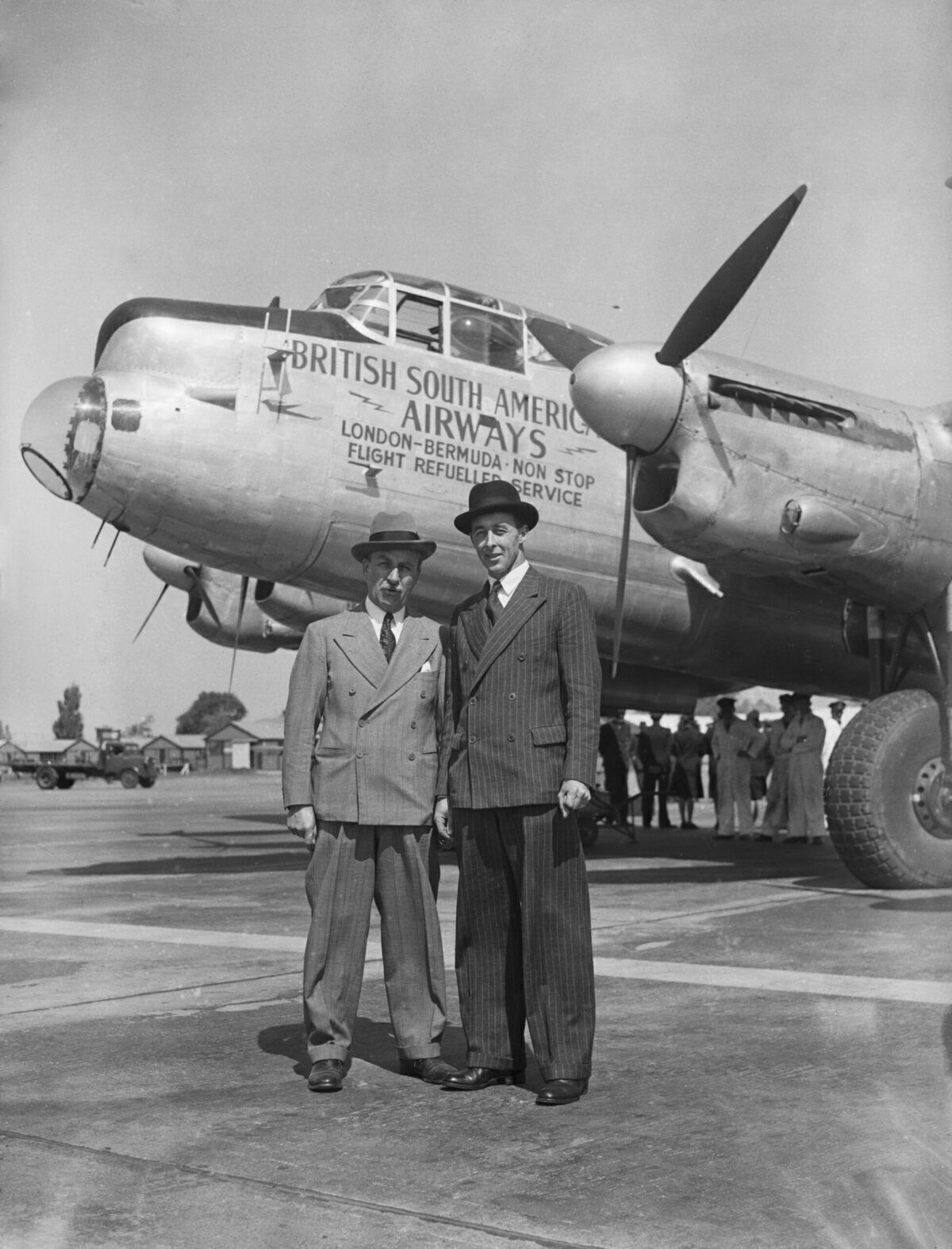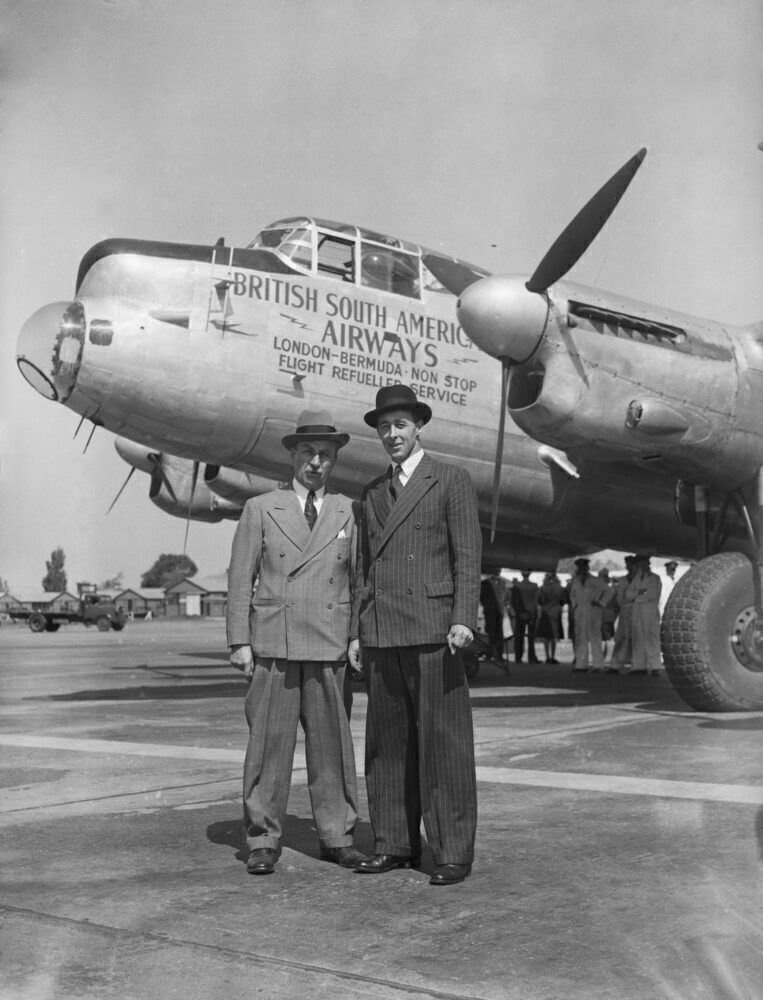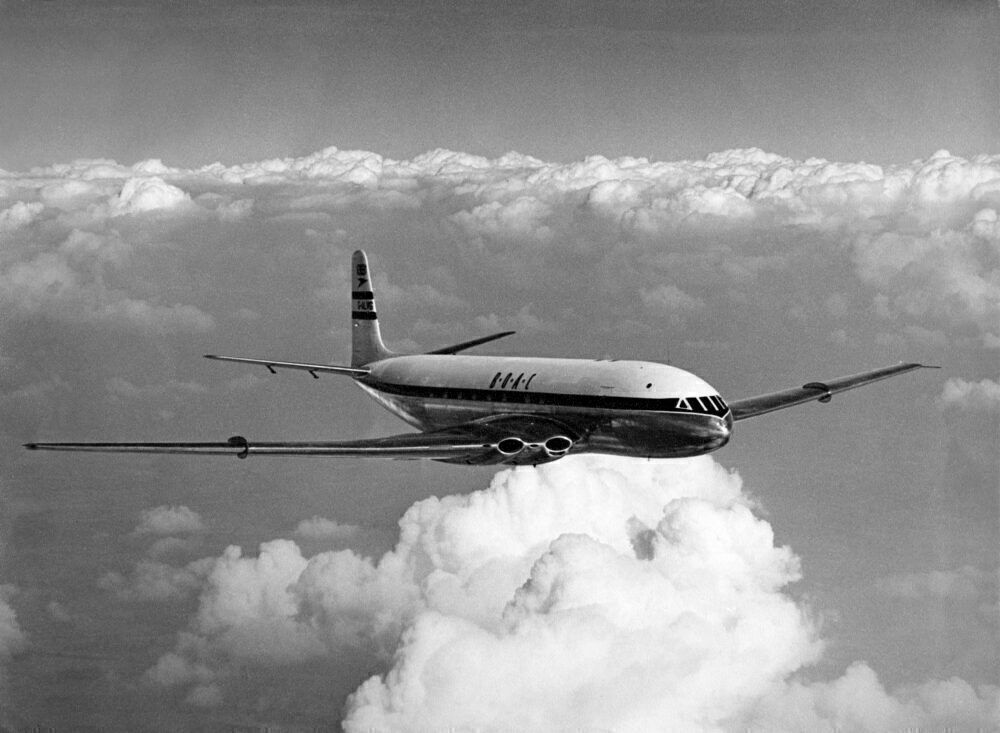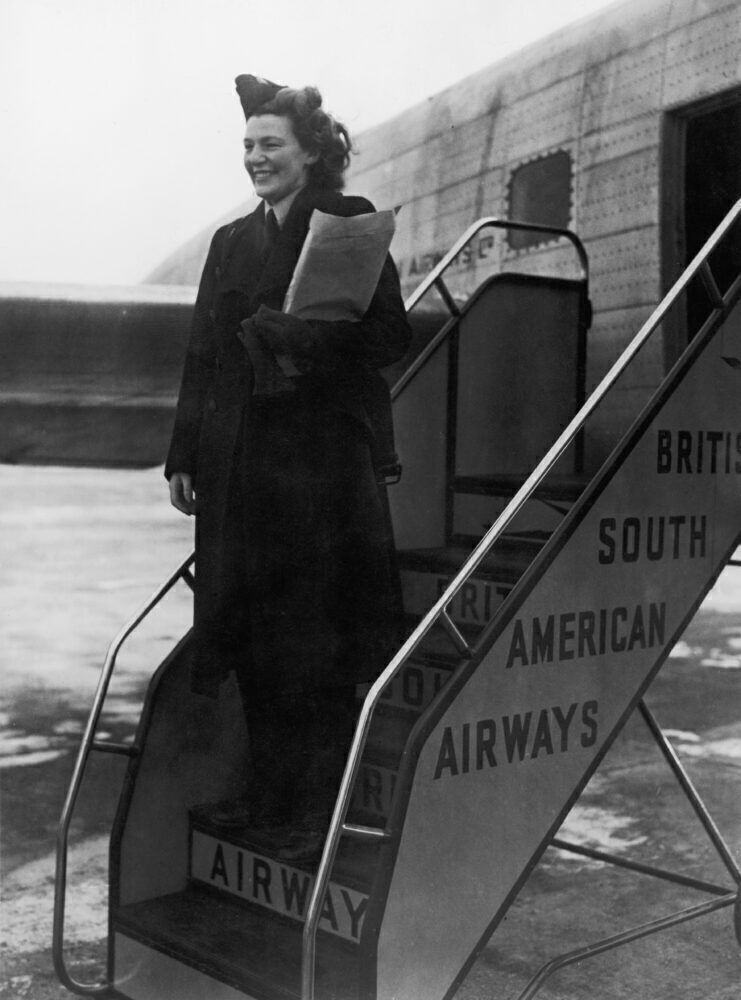Travel between the United Kingdom and South America may largely be restricted at the moment due to the complications of the pandemic. However, historically, there have been strong air connections between the two regions. A prime example of this is the formation of British South American Airways (BSAA).
New requirements
BSAA traces its roots back to the beginning of 1944 when British Latin American Air Lines (BLAIR) was founded. This outfit was set up to handle the shipping requirements of the likes of Royal Mail Lines, Lamport & Holt Line, Booth Steamship Company, Blue Star Line, and Pacific Steam Navigation Company. These companies needed support with their operations to South America.
However, as the Second World War came to an end, the new government was keen on having three state airlines to cover the UK's air services. British Overseas Airways Corporation (BOAC) was to continue operating across North America, British Empire, and the Far East. Meanwhile, British European Airways (BEA) was requested to handle European and domestic services. This left the transatlantic specialist to handle Caribbean and South American routes. Before the year was over, the airline was renamed British South American Airways (BSAA).
On its way
The airline started regular operations from London to Buenos Aires. The carrier’s Avro Lancastrians stopped at Lisbon, Bathurst, Natal, Rio de Janeiro, and Montevideo on the way.
Moreover, at the turn of 1946, the company was part of a significant part of history. It conducted the first International departure from London Airport (which would become Heathrow) on January 1st. 13 members of staff were on this flight to Argentina’s capital. Don Bennett and R. Clifford Alabaster were the pilots of the Avro Lancastrian Star Light, which was a converted bomber.
The progress continued into the year, with BSSA inaugurating a fortnightly service from London to Caracas, with stops in the Azores, Bermuda, and Jamaica, on September 2nd.
There were high hopes for the airline, with it introducing the Avro Tudor in late 1947. Notably, this model was the airline’s first pressurized plane. Additionally, it wasn’t only transatlantic trips that BSAA made. It took part in the Berlin Airlift in 1949 alongside BEA. This was a crucial mission to carry supplies to the people of West Berlin amid a blockade through the summer.
Significant challenges
In the few years following its launch, there was a series of accidents involving the airline. the 1947 Star Dust accident saw an Avro Lancastrian crash into Mount Tupungato in Argentina, killing all 11 people on board. Thereafter, the airline's Avro Tudor Star Tiger disappeared after flying out of Bermuda in January 1948, leaving 31 people missing. A year later, the carrier's Avro Tudor Star Tiger also went missing with 20 people on board.
The Tudor IVs were grounded as a result of these disappearances. This left the BSAA with a lack of long-range planes. The government soon proposed for the airline to join up with BOAC. Subsequently, the carrier amalgamated with BOAC in March 1949. The name of British South American Airways was fully dropped by the start of January 1950 after it became the South American Division of BOAC.
Altogether, it was a short but lively period for BSAA. There were significant breakthroughs for the operator, and it helped pave the way for routes that would become a mainstay in British aviation over the decades.
What are your thoughts on British South American Airways? Let us know what you think of the airline in the comment section.




